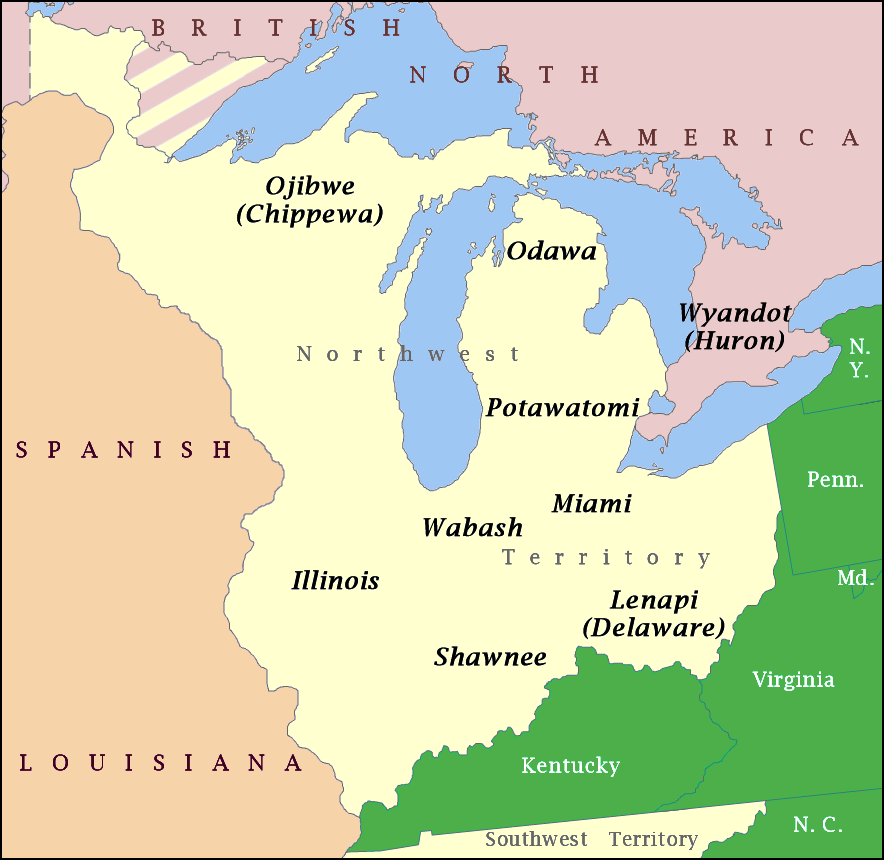|
Pymatuning Reservoir
Pymatuning Reservoir is a man-made lake in Crawford County, Pennsylvania and Ashtabula County, Ohio in the United States, on land that was once a very large swamp. Much of it is incorporated into two state parks: Pymatuning State Park in Pennsylvania, and Pymatuning State Park in Ohio. History The first known inhabitants were the Mound builders. Two of their mounds were flooded by the creation of Pymatuning Lake. The Lenape were living in the area when European settlers first came there. The lake is named for the chief who lived in the area at the time, Pihmtomink. The Lenape were pushed out of the area by the Seneca tribe, a member of the Iroquois Confederacy. The Seneca were defeated by General Anthony Wayne's forces during the Northwest Indian War and left the area under the terms of the Treaty of Greenville. This treaty marked the end of Native Americans inhabiting the area. The first settlers to the area were farmers, whose life was not easy, as the land was very swamp ... [...More Info...] [...Related Items...] OR: [Wikipedia] [Google] [Baidu] |
Crawford County, Pennsylvania
Crawford County is a county in the Commonwealth of Pennsylvania. As of the 2020 census, the population was 83,938. Its county seat is Meadville. The county was created on March 12, 1800, from part of Allegheny County and named for Colonel William Crawford. Crawford County comprises the Meadville, PA Micropolitan Statistical Area, which is also included in the Erie-Meadville, PA Combined Statistical Area. Geography According to the U.S. Census Bureau, the county has a total area of , of which is land and (2.4%) is water. It has a warm-summer humid continental climate (''Dfb'') and average monthly temperatures in Meadville range from 24.9 °F in January to 69.5 °F in July, while in Titusville they range from 24.2 °F in January to 68.8 °F in July Adjacent counties * Erie County, Pennsylvania, Erie County (north) * Warren County (east) *Venango County (southeast) * Mercer County (south) * Trumbull County, Ohio (southwest) *Ashtabula County, Ohio (west) ... [...More Info...] [...Related Items...] OR: [Wikipedia] [Google] [Baidu] |
Northwest Indian War
The Northwest Indian War (1786–1795), also known by other names, was an armed conflict for control of the Northwest Territory fought between the United States and a united group of Native American nations known today as the Northwestern Confederacy. The United States Army considers it the first of the American Indian Wars. Following centuries of conflict for control of this region, it was granted to the new United States by the Kingdom of Great Britain in article 2 of the Treaty of Paris, which ended the American Revolutionary War. The treaty used the Great Lakes as a border between British territory and the United States. This granted significant territory to the United States, initially known as the Ohio Country and the Illinois Country, which had previously been prohibited to new settlements. However, numerous Native American peoples inhabited this region, and the British maintained a military presence and continued policies that supported their Native allies. Wi ... [...More Info...] [...Related Items...] OR: [Wikipedia] [Google] [Baidu] |
1901-2000
The 20th (twentieth) century began on January 1, 1901 ( MCMI), and ended on December 31, 2000 ( MM). The 20th century was dominated by significant events that defined the modern era: Spanish flu pandemic, World War I and World War II, nuclear weapons, nuclear power and space exploration, nationalism and decolonization, technological advances, and the Cold War and post-Cold War conflicts. These reshaped the political and social structure of the globe. The 20th century saw a massive transformation of humanity's relationship with the natural world. Global population, sea level rise, and ecological collapses increased while competition for land and dwindling resources accelerated deforestation, water depletion, and the mass extinction of many of the world's species and decline in the population of others. Global heating increased the risk of extreme weather conditions. Additional themes include intergovernmental organizations and cultural homogenization through developments in em ... [...More Info...] [...Related Items...] OR: [Wikipedia] [Google] [Baidu] |

